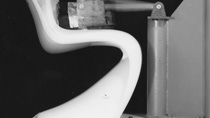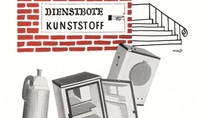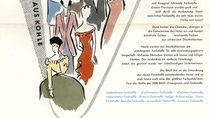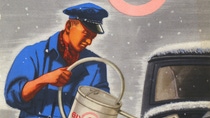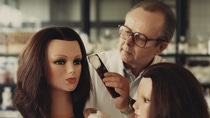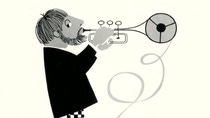Who we are
Invisible Helpers – Chemistry in Everyday Life
It is almost impossible to imagine everyday life without BASF products. For the most part, however, these products would not be recognizable as BASF innovations. For BASF has been developing solutions for a better quality of life since 1865, but has remained mostly invisible to the end user.
BASF begins its story with dyes that make clothing for many people more colorful. Textile dyes are followed by pigments for paints, and soon after by complete automotive paints and coatings. With Kaurit glue, a BASF product finds its way into the furniture industry in 1931. Since the 1950s, the modern woman does not want to do without women’s stockings made of Perlon. Objects made from the BASF plastic Luran are found in her kitchen in the 1960s. Plastics also conquer modern sportswear. The most recent example is the innovative foam Infinergy™ as part of a new running shoe from adidas.
These BASF products and almost all others have one thing in common: in the supermarket, sports shop and furniture store, for example, customers do not realize, in most cases, that many products owe their desired properties to BASF’s innovations.
Exceptions confirm the rule: the few BASF products, which are also recognized by the end user as such, include antifreeze Glysantin introduced in 1928/1929 and the magnetic audio tape which has offered music at the push of a button since 1934. BASF’s audio tape becomes an indispensable part of family entertainment from the 1950s onwards and so does its music cassette from the 1980s. Other storage media are added later: records and video tapes or even computer tapes and disks.

